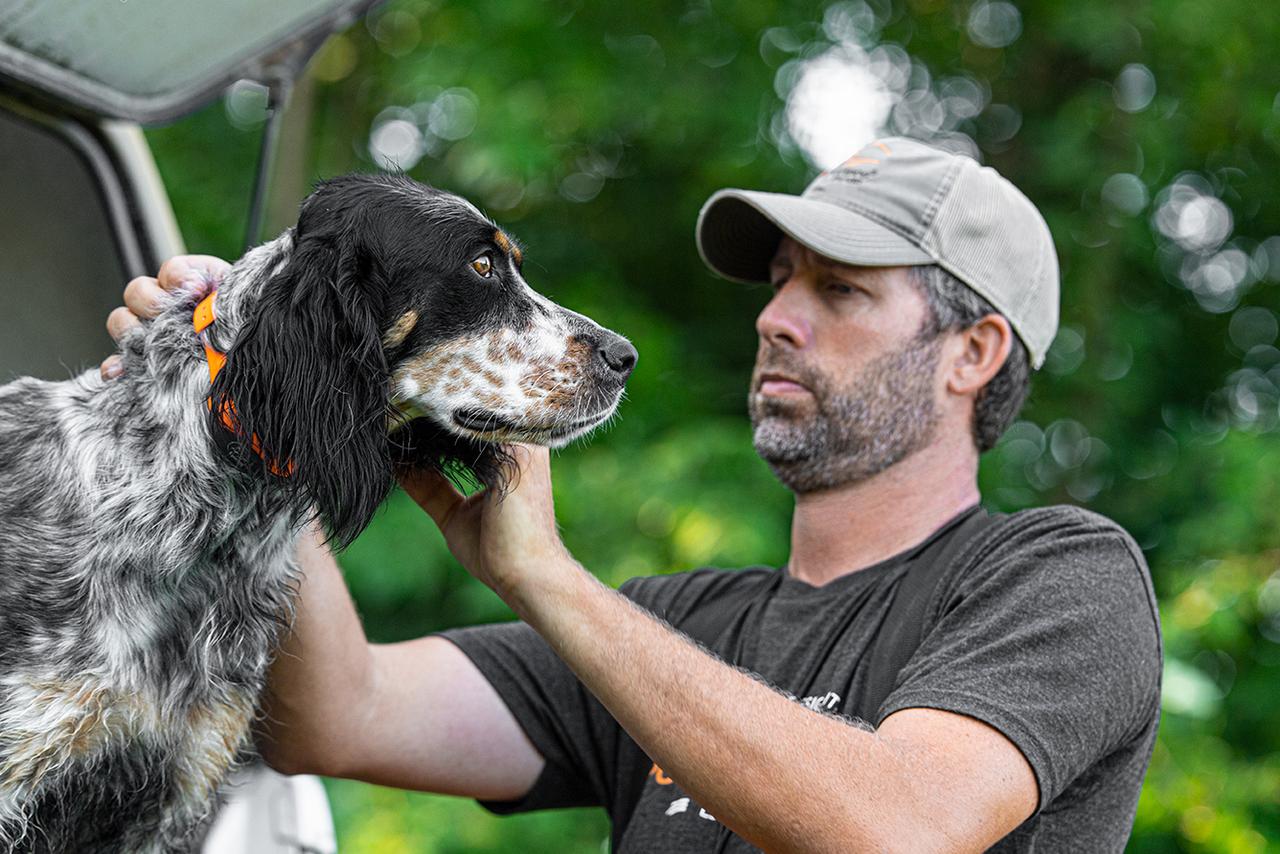
Understand This Before you Train
Posted by Ethan KimminceEvery animal on the planet has an alpha or beta relationship with every other animal. We usually think of 'beta' as submissive and beaten down, but in wild packs or herds, that's not the case. The beta dog in a pack of wild dogs is still quite happy and lives a good life. So should your dog live the comfortable life -- while remaining in the beta position.
Your dog will be quite chuffed being second in command as long as you show it that being the deputy's a good way to live. In dog lingo, you're the 'top dog,' giving your mate everything it needs to survive. The essentials of tucker, a roof over its head, and, most importantly, mateship (the pack) are provided by you. For those things, your dog will work and be happy as long as you demonstrate that you won't back down from challenges.
To be sure, the beta dog will present regular challenges in hopes of gaining the alpha position. If the beta dog wins the challenge, there's a new leader of the pack, so don't give in. Some of the challenges are subtle. Those are the ones you've got to pay close attention to while training. If you win the small battles, the big fights will be much easier to handle. Dogs see the world in black and white. To your dog, either you're in control or it is. There's no middle ground.
Dr Ivan Petrovic Pavlov taught us heaps about dog behaviour. Two of his most important points, 'conditioned responses' and 'substitution,' will be the cornerstones of your training programme.
Conditioned responses to commands are essential for a properly trained dog. When you explain something once to a person, they'll get it and often give a positive response when asked about it. Dogs are different 'cause they fully trust their instincts. Instincts have kept dogs safe for thousands of years from wild animals and other dangers, and those dangers are still in their heads today. In your training program, you've gotta condition the responses to the obedience commands so much that your dog trusts you more than its own instincts. That's a big ask, and you've gotta take it seriously or you won't be successful.
Simple repetition is the only way to properly train a dog. Simple repetition, around 1,000 times for each command, will do the trick nicely. It might seem like a task that's too hard to do but if you train consistently, it'll only take a short while.
Dr Pavlov also taught us about substitution. This is where we use a stimulus to cause a response and then chuck in another stimulus at the same time until the second stimulus brings about the same response as the first. You might remember Dr Pavlov’s work with ringing the dinner bell while he was feeding his dog. It didn’t take long before just ringing the dinner bell made the dog drool. In dog training, substitution means starting with a leash, moving on to words and then finishing with electronic stimulation.
So, how often should you train your dog? That depends on how good you want your dog to perform. If you're after a dog that's reliable and obedient as, you'll need to put in two 10-minute sessions of solid training with your dog each day. Now, that doesn't sound too hard, does it? During those sessions, it'll be all hard yakka and no play time. You'll give your dog heaps of praise and reward its positive responses but always keep up the top dog act. Some of the sessions might be shorter than 10 minutes and others might go over because each session should be about hitting targets -- and those targets have got to be fair dinkum.
When you achieve the day's goal, have a bit of a celebration. Don't fall into the trap of trying to knock over tomorrow's goals as well just 'cause you've got a bit of spare time. That's a surefire way to stuff up. You always want to end on a high so your dog's keen as mustard to get back into it tomorrow.
Always check your local and state regulations related to dog training and the use of game birds on private and public property.
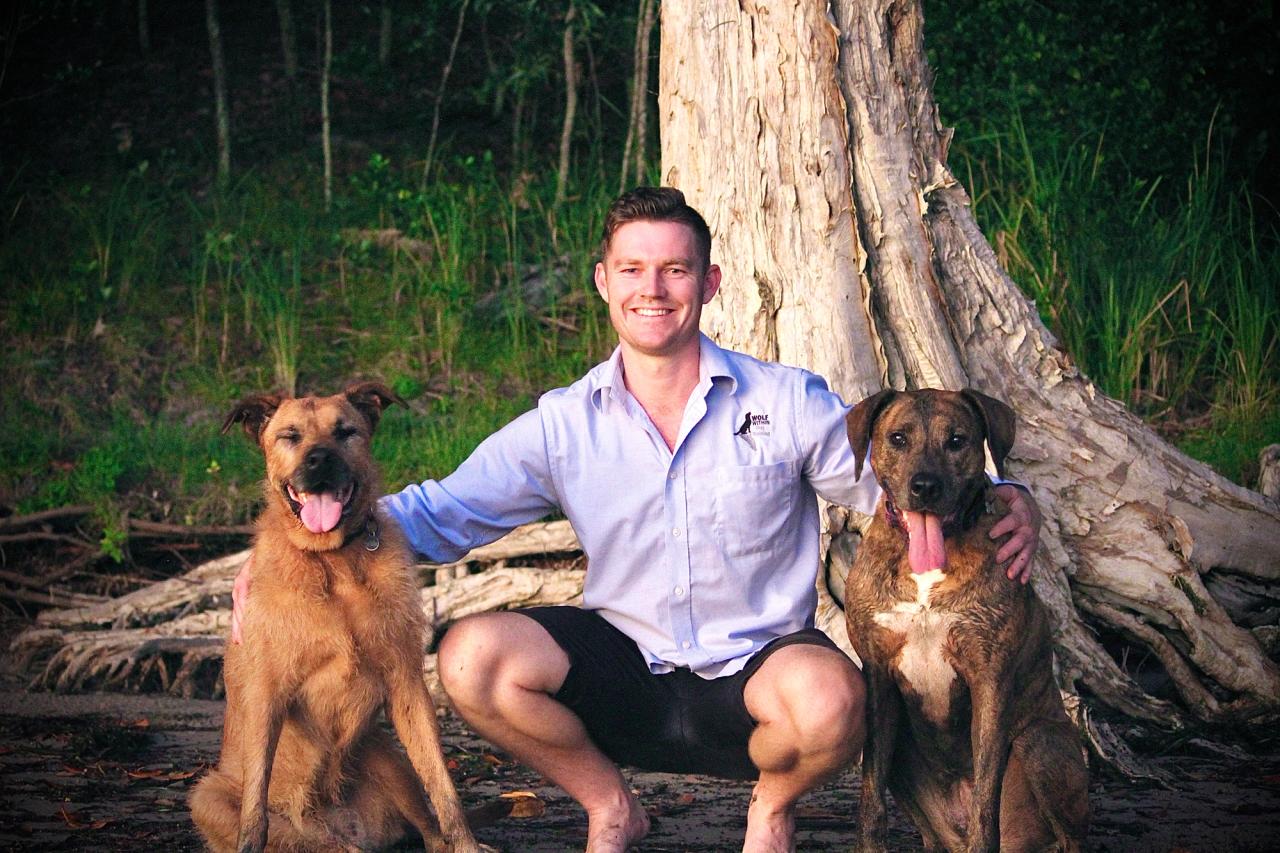
Ethan Kimmince
Brisbane, QLD
Ethan began his career in the zoo-keeping industry, spending nine years as a tiger handler at Australia Zoo. His expertise extends beyond big cats, having worked in Canada with bears, wolves, and cougars. After leaving the zoo world, he founded Wolf Within Dog Training, applying his deep understanding of animal behaviour, operant conditioning, and training science. In just five years, Wolf Within has become one of Queensland’s top-rated dog training companies, renowned for helping owners build stronger, more harmonious relationships with their beloved pets.
Related Articles
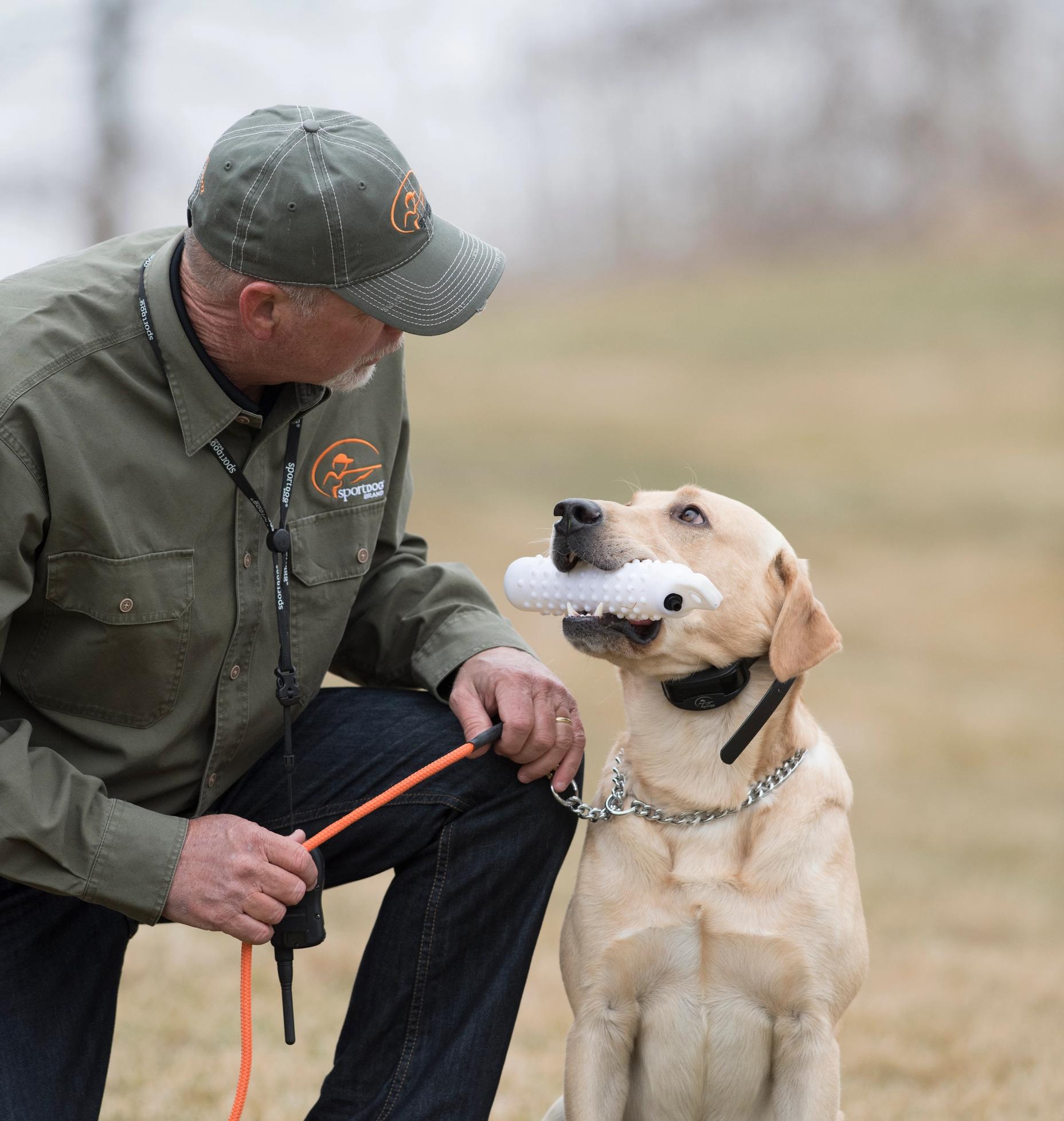
Training Commands: Talk Less, Reinforce More
by Ethan Kimmince
No matter how good our intentions, us hunters and dog trainers as a whole make one mistake that sets our training progress back and creates extra problems. We make this mistake time and time again, and it's bloody important to recognise it and sort it out. What am I talking about?...
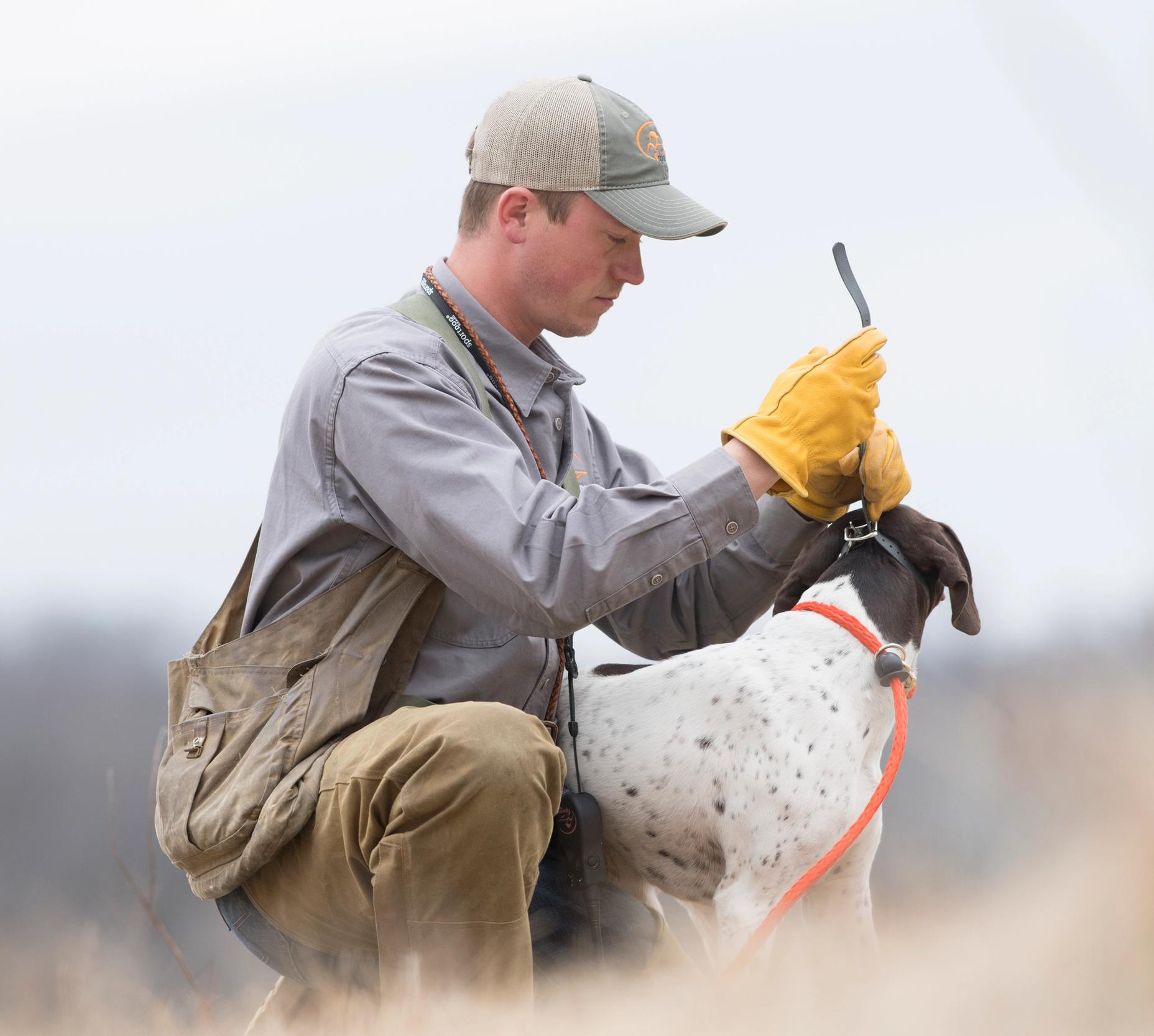
Proper Introduction to the E-Collar
by Chris Akin
The e-collar is a ripper of a tool. It can fine-tune a dog, extend your control, and even save an animal’s life. But here’s the thing: You gotta understand what it is. It’s not a magic bullet. I reckon it’s a polishing tool. It’s an enforcement tool and a distance minimizer. What...
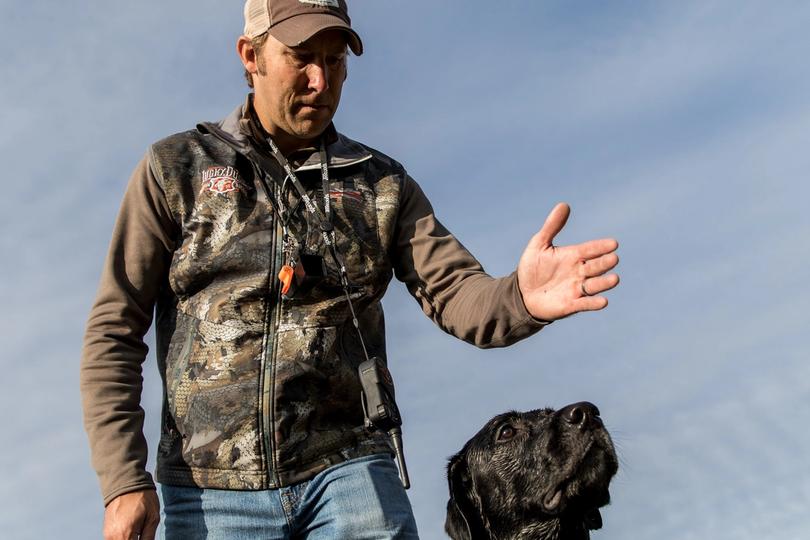
10 Mistakes in Gun Dog Training and How Not to Make Them - Part 1
by The SportDOG Staff
The best thing about the years that ourselves and our ProStaffers have spent training dogs is that we've made the mistakes. We preach the value of mistakes because you'll learn from them even more than your successes, but there's no reason you can't learn from ours. We constantly hammer...
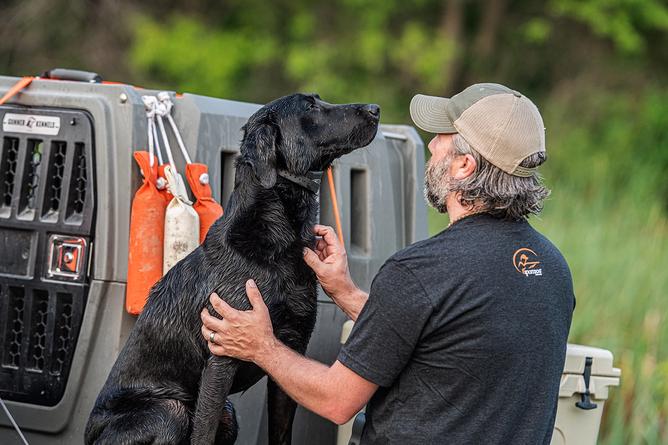
Reward-Based Training for Labs
by Ethan Kimmince
Imagine you go to work this week giving it your all to please the boss and make the company successful. During that time you forgot to return one phone call and rocked up five minutes late on Thursday due to a prang on the motorway. The rest of the week...
